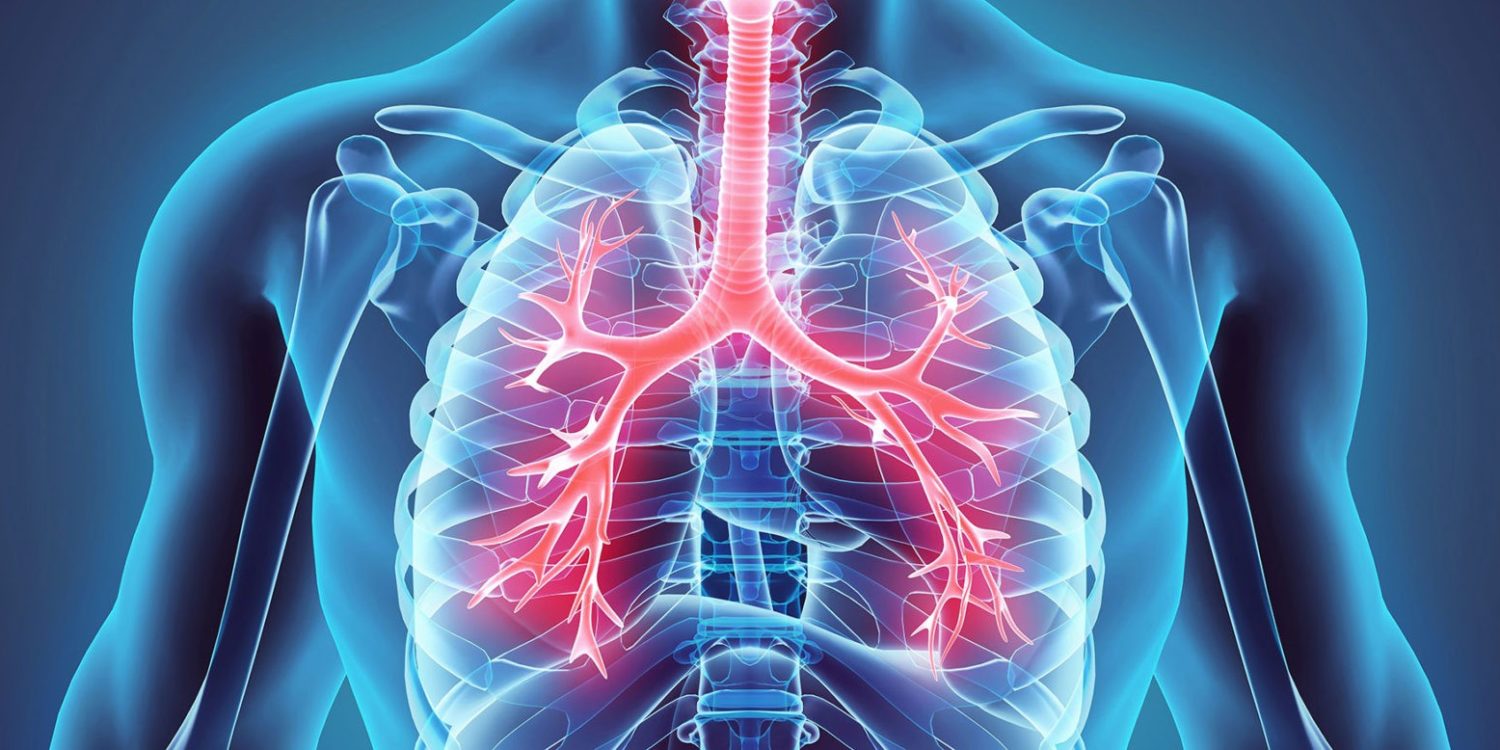
Breath of Tradition: How Ancient Eastern Wisdom Is Transforming Modern Respiratory Health
The millennia-old practice of TCM for the lungs has emerged from the shadows of traditional healing into the spotlight of contemporary wellness, offering relief to those struggling with the invisible yet fundamental act of breathing. In a world where air quality diminishes and respiratory challenges multiply, these time-honoured approaches provide both comfort and possibility to those seeking alternatives to conventional treatments.
The Delicate Orchestra of Breath
Within the framework of Traditional Chinese Medicine, the lungs represent far more than mere organs of respiration. They are the sensitive gatekeepers between our internal ecosystem and the external world, the first line of defence against environmental threats, and the physical manifestation of how we process grief and let go of what no longer serves us.
“The lungs in TCM are understood as the ‘tender organ,'” explains a respected Singapore TCM physician with thirty years of practice. “They are easily affected by external factors—cold air, pollutants, emotional burdens—yet with proper care, they demonstrate remarkable resilience.”
This tender quality makes lung health particularly responsive to traditional approaches that focus on:
- Strengthening defensive qi (protective energy)
- Regulating the dispersing and descending functions of lung energy
- Balancing the intricate relationship between the lungs and the large intestine
- Addressing emotional factors that constrict respiratory function
The Singapore Synthesis: Where East Meets Rigorous Standards
Perhaps nowhere is the evolution of lung-focused TCM more evident than in Singapore, where ancient remedies meet modern standards in a unique cultural crossroads. This city-state has developed a distinctive approach that honours traditional wisdom while embracing contemporary understanding.
A prominent Singapore TCM practitioner specialising in respiratory health notes: “What distinguishes our approach is the integration of classical diagnostic methods with modern recognition of how environmental factors—from haze episodes to air-conditioned environments—affect the delicate lung tissue. This synthesis allows for more precise and effective treatments.”
Singapore’s TCM lung protocols typically include:
- Customised herbal formulations tailored to specific constitutional types
- Acupuncture points selected to address both symptoms and root imbalances
- Breathing exercises designed to strengthen respiratory function
- Dietary modifications that support lung tissue repair and protection
Beyond Bronchitis: The Spectrum of Lung Imbalances
While Western medicine typically categorises respiratory conditions by their pathological presentation—asthma, bronchitis, COPD—TCM offers a more nuanced framework that considers the quality and pattern of disharmony.
Common TCM lung patterns include:
Lung Qi Deficiency:
Characterised by shortness of breath, weak voice, and susceptibility to catching colds
Lung Yin Deficiency:
Marked by dry cough, low-grade fever, and night sweats
Lung Heat:
Distinguished by yellow phlegm, thirst, and possible fever
Phlegm-Damp in Lungs:
Recognised by a productive cough with thick white or yellow mucus
“This detailed pattern recognition allows for precision in treatment,” explains a Singapore TCM educator whose respiratory health modules have trained practitioners across Southeast Asia. “Two people with what Western medicine might call ‘chronic bronchitis’ could receive entirely different treatments based on their unique pattern of disharmony.”
The Herbal Pharmacy: Nature’s Respiratory Support
The TCM approach to lung health draws upon an extensive botanical pharmacy with remarkable specificity for different aspects of respiratory function. These aren’t simply symptom suppressants but complex formulations designed to restore balance.
A respected Singapore herbalist shares: “The sophisticated understanding of how herbs work synergistically creates formulations far more powerful than any single ingredient. Modern pharmacological research is only beginning to understand the mechanisms our ancestors documented centuries ago.”
Key herbs frequently prescribed include:
Astragalus (Huang Qi):
Strengthens defensive qi and supports immune function
Asian Pear (Ya Li):
Moistens lungs and alleviates dry cough
Platycodon (Jie Geng):
Opens and circulates lung energy while expelling phlegm
Fritillaria (Bei Mu):
Resolves thick, stubborn phlegm while cooling inflammation
Breathing as Practice: The Movement Dimensions of Lung Health
Beyond herbs and acupuncture, TCM offers movement practices specifically designed to strengthen respiratory function. These gentle yet powerful exercises cultivate not just physical stamina but enhanced awareness of breath itself.
“The subtle practices of qi gong focused on lung meridians create space for healing in multiple dimensions,” notes a Singapore TCM practitioner who integrates movement therapy into clinical practice. “These aren’t merely exercises but doorways to profound transformation in how we relate to our breath.”
Beneficial practices include:
- The “Pulling Down the Heavens” qi gong movement to open the chest and clear stagnation
- Specific tai chi sequences that expand lung capacity through coordinated breath and movement
- Specialised tapping techniques along lung meridians to stimulate energy flow
- Meditative breathing practices that balance the sympathetic and parasympathetic nervous systems
The Modern Relevance: Meeting Contemporary Challenges
As respiratory conditions rise globally—from pandemic viruses to pollution-induced disorders—the wisdom of TCM offers relevant approaches for our challenging times. The emphasis on prevention and strengthening rather than mere symptom management provides a complementary perspective to conventional care.
“What makes TCM particularly valuable today is its focus on building resilience,” reflects a Singapore-based researcher studying traditional approaches to long COVID recovery. “The concept of supporting the body’s inherent healing mechanisms rather than simply targeting pathogens offers hope for conditions where conventional approaches have limited success.”
The Breath of Possibility
In a world where breathing itself can no longer be taken for granted, the ancient wisdom of TCM provides both practical solutions and philosophical reframing. These approaches remind us that respiration connects us not just to oxygen but to the rhythms of nature, the processing of emotions, and the exchange between self and world.
As respiratory challenges continue to emerge in our modern landscape, more people are turning to these time-tested approaches that view breathing as both science and art, mechanism and metaphor, function and relationship—finding both relief and transformation through TCM for lungs.



